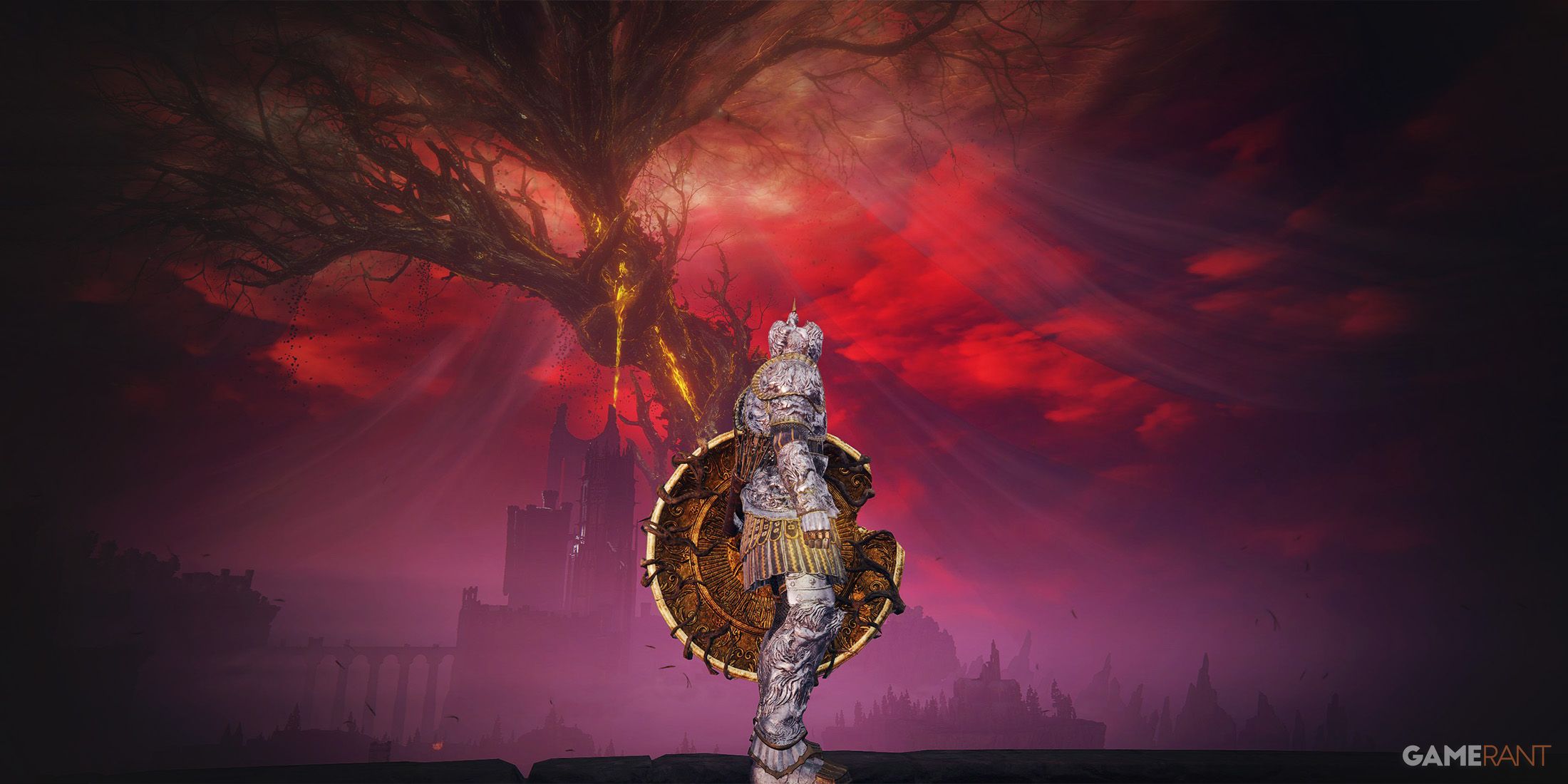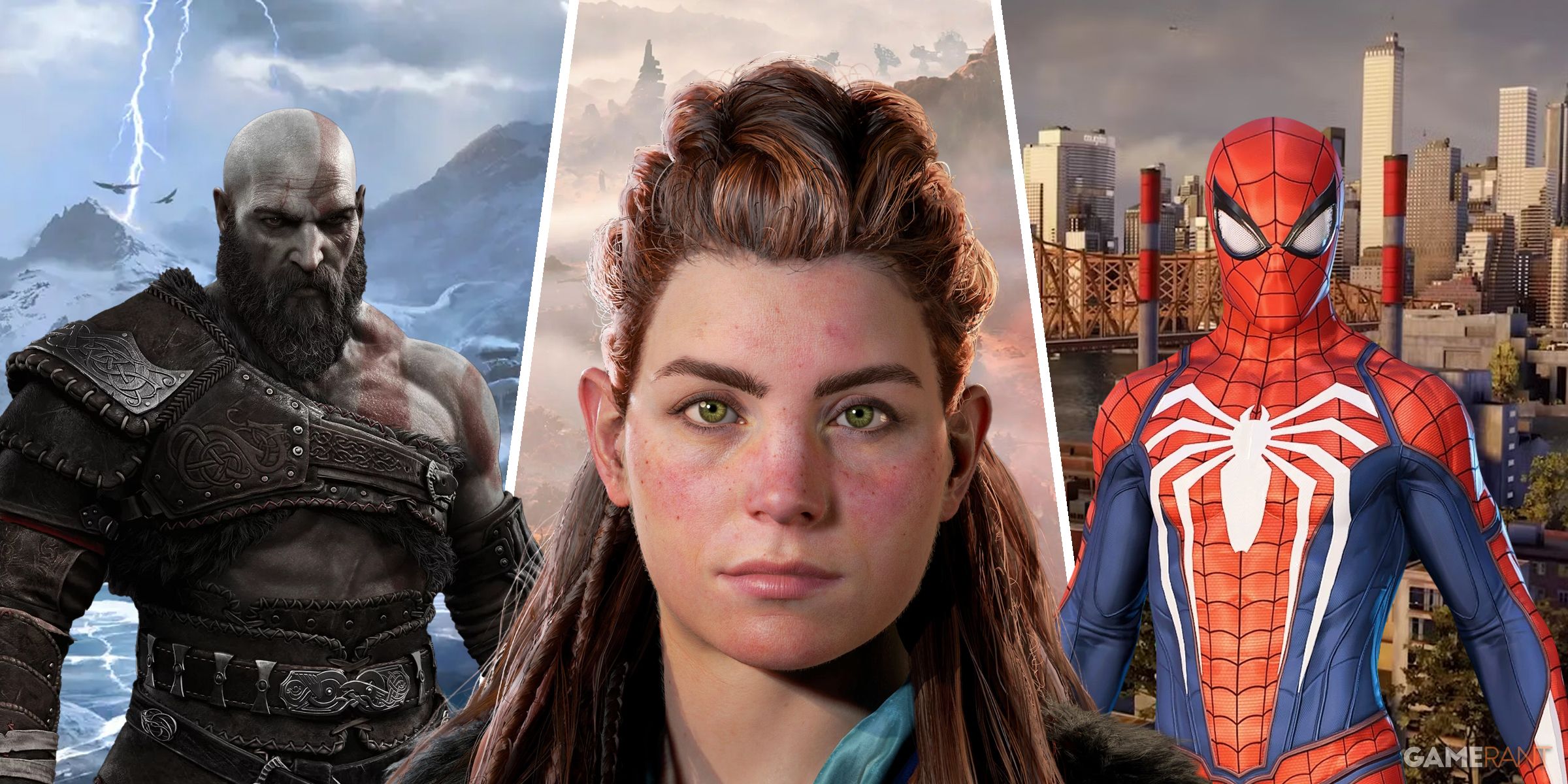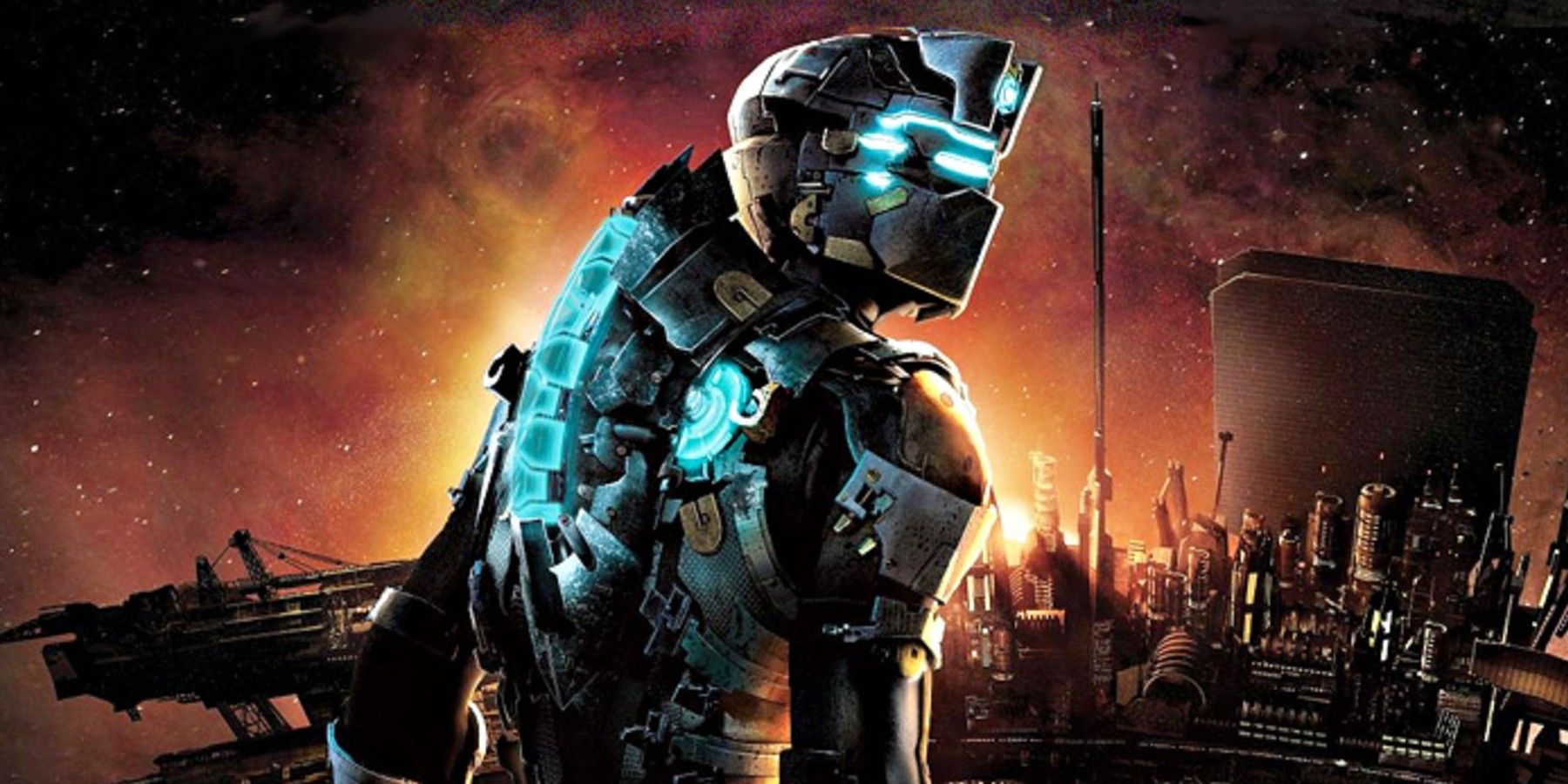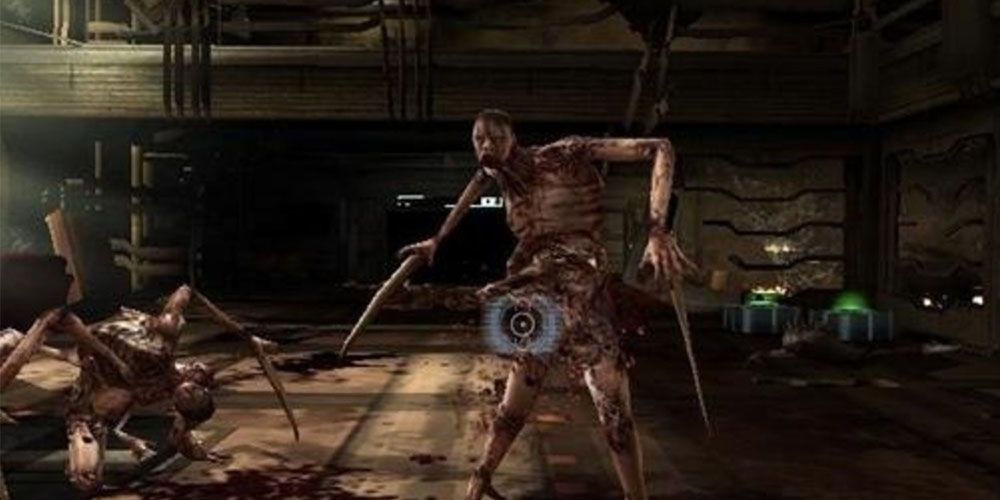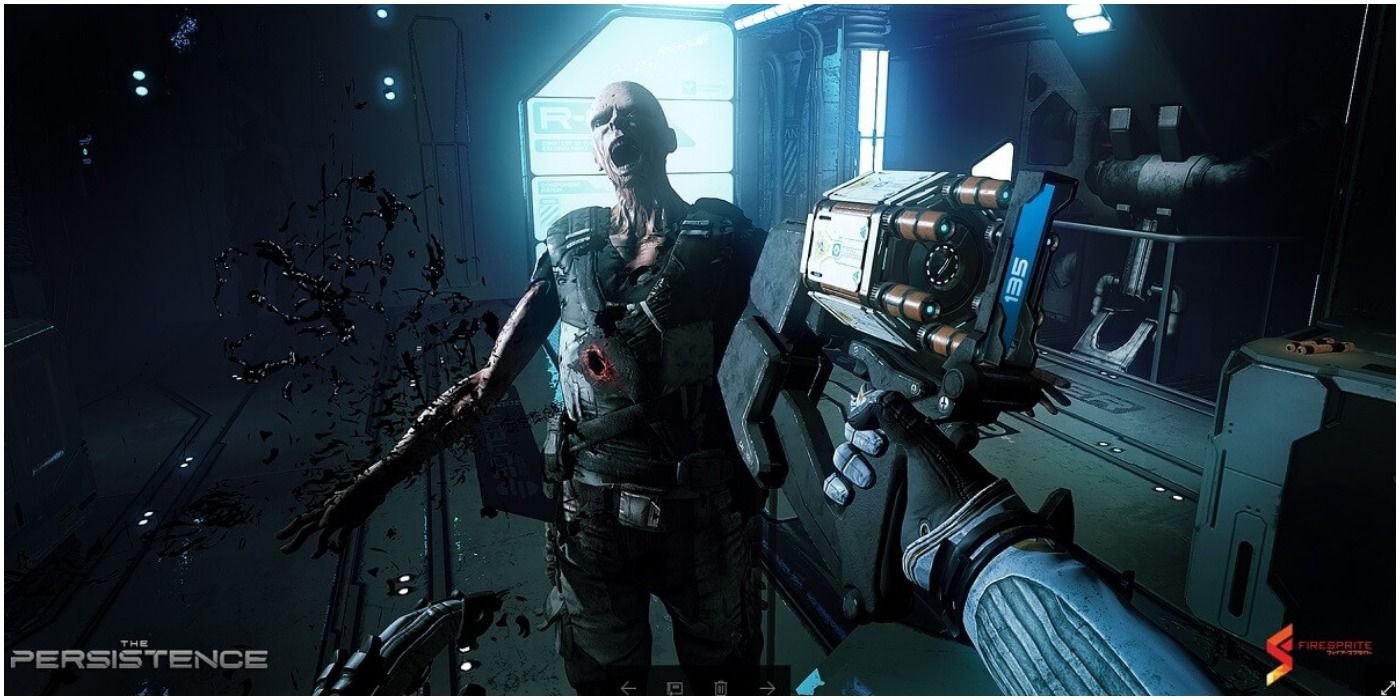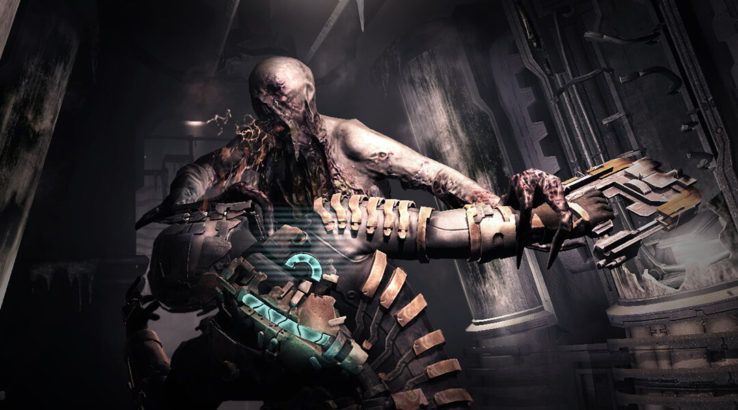As one of the biggest game franchises of the early 2010s, Dead Space saw a multitude of releases during just the first five years of its life. Along with the three mainline entries, starting in 2008 with Dead Space and ending in 2013 with Dead Space 3, the franchise also saw a few spinoffs.
2010's Dead Space Ignition was a pretty poorly-received action puzzle game, acting as a prequel to Dead Space 2 and filling out its story content with comic-book cutscenes. The year before it, a surprisingly decent, and extremely unique Dead Space game released, one that makes the perfect case for a VR entry into the series that has remained dormant for almost a decade.
Dead Space Has Already Gone First-Person
After the success of the first Dead Space, the IP quickly became one of EA's favorites, and a range of projects started to be greenlit. Amongst the comic and sequel plans for Dead Space, an interesting spinoff game, first conceptualized during the first game's development, came about. Just a year later, Dead Space: Extraction was released.
Dead Space: Extraction acts as a prequel to the first game, taking the player on a terrifying character-hopping adventure through the Aegis VII mining colony, and eventually the USG Ishimura, where much of the first game takes place. However, what's interesting about Extraction is its first-person perspective.
This Dead Space spin-off uses on-rails gameplay, taking the player through all of its set-pieces in a linear and meticulously-timed fashion. One of the main reasons for this (what some would consider to be) limitation was the game's Wii exclusivity upon launch. The Wii isn't exactly known for its excellent range of first-person shooters, and Visceral Games knew this, instead opting to focus on a tight narrative and thrilling action with fairly barebones gameplay.
The gameplay is pretty simple, with the player just needing to aim at the screen with their Wii remote, and press the trigger to sever the limbs off the various Necromorph creatures throughout the game. Occasionally, some narrative sequences will have the player completing puzzles, using their tool weapons for their actual in-universe purpose to bolt down hatches or plasma-cut through panels.
While the game undeniably feels a little more arcade-y than its main series counterpart, with a scoring system being used to grade the player at the end of each stage, the inherent Dead Space DNA is present within the game. The excellent audio design is there, all of the enemy variations are present, players eventually unlock a whole host of classic Dead Space weaponry and abilities, and the game still manages to capture the series' iconic sci-fi horror atmosphere. Dead Space: Extraction is compelling evidence that a first-person Dead Space game could absolutely work.
The Persistence Has Set The Groundwork
But while Dead Space: Extraction laid the foundation for a first-person Dead Space game, a VR entry in the series may need a little more help to get started. Thankfully, Firesprite's The Persistence is there to lend a hand.
When it released in 2018, The Persistence drew immediate comparisons with Dead Space. A sci-fi horror title set on a ship, mutated humans stalk the halls and a definitively bleak and gory environmental design is visible. As such, the similarities between the two games are fairly obvious, but that's not to say that The Persistence is just a blatant copy.
In fact, The Persistence is a pretty great VR horror game, using rogue-lite elements to keep the player engaged, and constantly keeping the player hooked with new upgrades and weapons. While horror VR experiences are a dime a dozen, The Persistence is one of the few that are actually worth playing for more than an hour. There's plenty that a VR Dead Space game can take from The Persistence, even if it is just the confirmation that a sci-fi horror game in a similar vein can definitely work on the VR platform.
How a Dead Space VR Game Could Stand Out
While a Dead Space VR game has inspiration from its own series to draw from, as well as the VR groundwork already laid out for it by The Persistence, it would need to do something pretty special to stand out from the crowd. As VR is progressing at a steady rate, every new year brings with it more innovative and immersive experiences. While the true gems may only come about a few times a year, the VR market is constantly flooded with mediocre horrors and first-person shooters.
For a Dead Space VR game to stand out, it'll need to take what the series is known for and polish it to an extremely high standard. The game should start with audio design, an aspect that even the least critically-acclaimed Dead Space games have nailed. The audio design in Dead Space is integral to the experience, giving the game an immediately tense atmosphere through the use of high-pitched, unnatural screeches, creaky pipes, and sci-fi mechanisms whirring away around the player. This could be elevated to the next level with VR's use of 3D audio, putting all of those atmospheric horror sounds directly in front, around, and behind the player.
Another staple of the Dead Space series, body horror, could also be heightened in VR. Naturally, things look more horrifying up close, and Dead Space has some pretty gnarly body-transformation animations. It doesn't take much to imagine how horrifying a transforming Necromorph would look if the player was stood right in front of it as it towered above them, its various limbs flailing uncontrollably.
From a gameplay perspective, Dead Space has always done a good job of hooking the player with its upgrade and ability system. This could easily be carried over to VR, with The Persistence proving this point via its own upgrade systems. An upgrade in a game always feels more satisfying when the player can see the changes it has made directly, whether that's visually or on a gameplay level. In having the game in VR, the player can directly see the visual changes that the upgrade has made to the weapon, along with its gameplay benefits.
It may take a little work to refine the Dead Space formula and translate it to VR, but the final product would almost certainly be worth the effort and time. While the new Dead Space remake is likely to keep fans of the series happy, there's plenty more room for the series to grow and expand.


